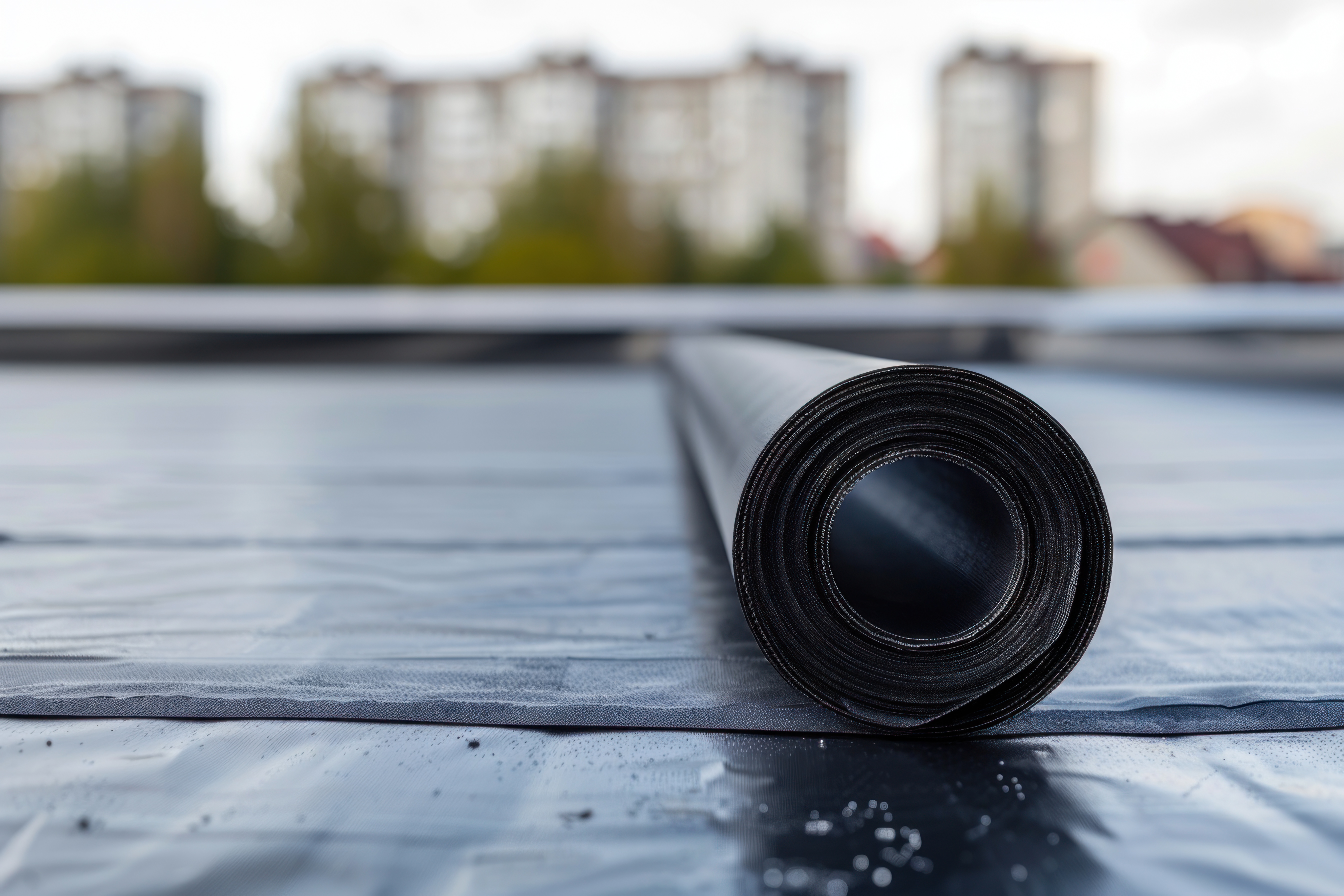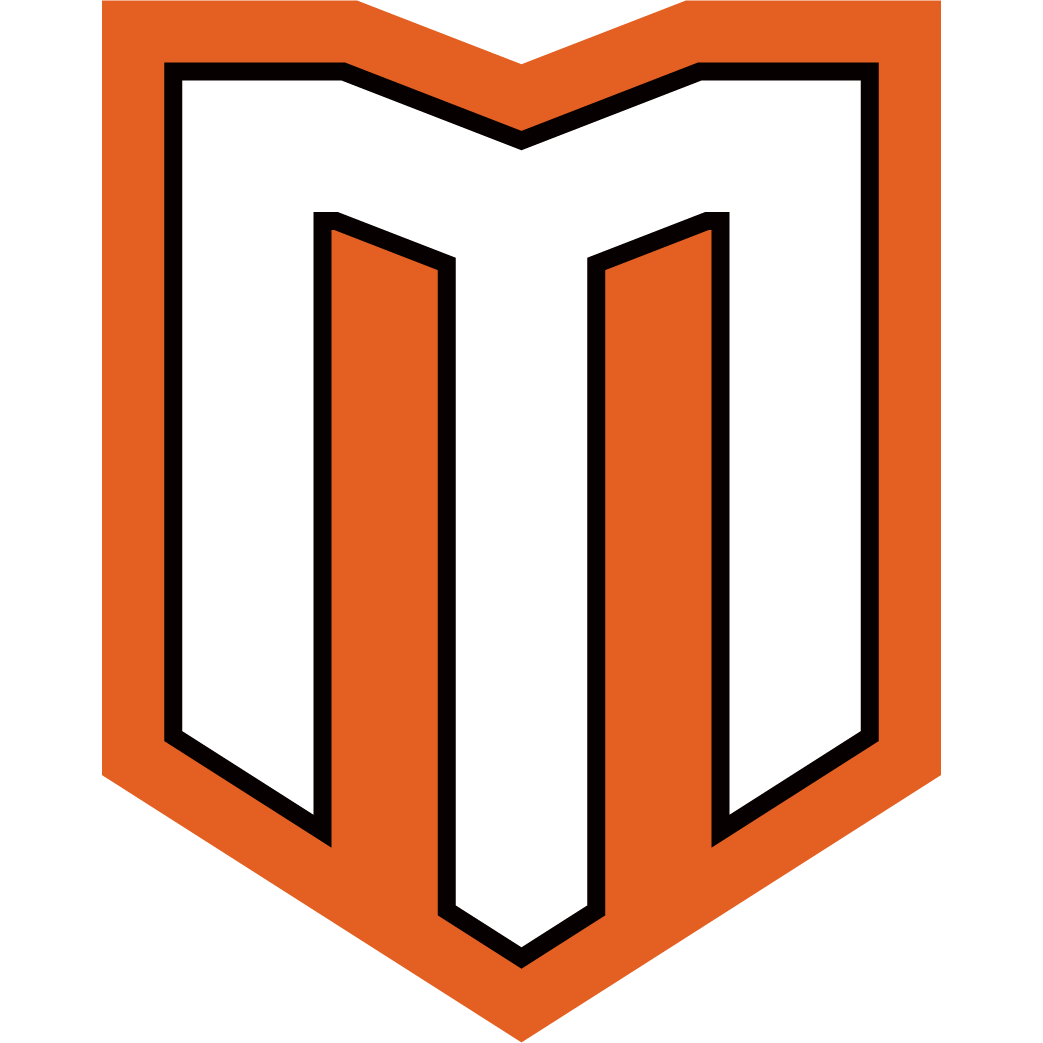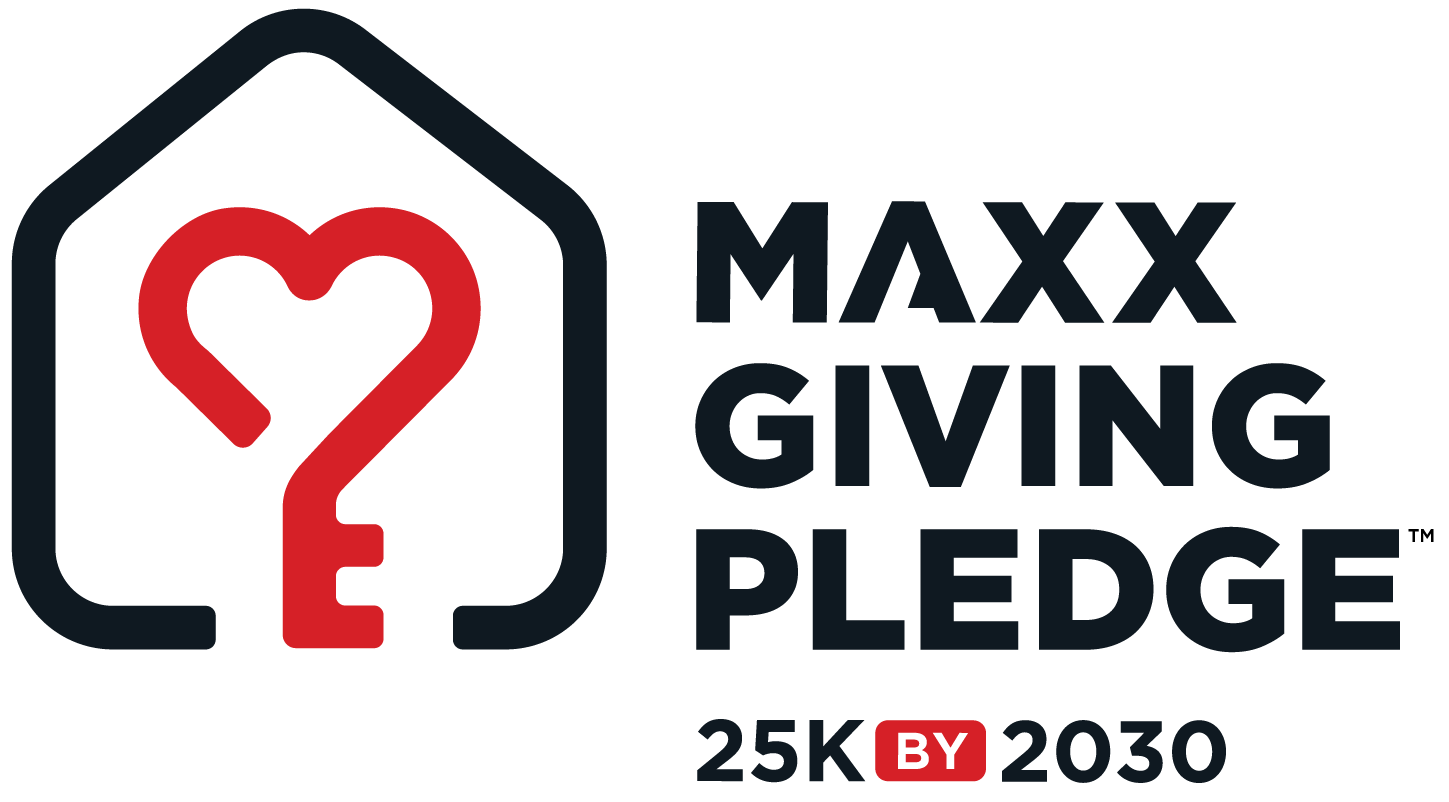
What Is EPDM Rubber Roofing? Uses, Benefits & Longevity
For homeowners and commercial property managers alike, flat or low-slope roofs present unique challenges in maintaining watertight integrity. While traditional built-up roofing once dominated this segment, modern advancements have introduced superior alternatives. Among the most trusted and widely used is EPDM rubber roofing, a durable, flexible, and long-lasting solution designed to excel where conventional pitched roofing materials fall short. Understanding what EPDM rubber roofing is and its distinct advantages helps make an informed decision for your flat roof needs.
EPDM definition and material composition
EPDM stands for Ethylene Propylene Diene Monomer. It is a high-performance synthetic rubber membrane widely recognized for its exceptional durability and weather resistance.
Composition: EPDM is primarily derived from two main components: ethylene and propylene, which are sourced from oil and natural gas. A small amount of a diene monomer is added during polymerization to allow for cross-linking, giving the material its elastic, rubber-like properties (also known as vulcanization).
Physical Form: Unlike traditional shingles, EPDM is manufactured in large, seamless sheets or rolls, typically ranging in width from 7.5 feet to 50 feet and in thicknesses of 45, 60, or 90 mils (thousandths of an inch). This large sheet format minimizes seams, which are common points of failure in other roofing systems.
Appearance: EPDM is most commonly black, due to the high carbon black content that contributes to its UV resistance. White or gray EPDM membranes are also available, often chosen for their solar reflective properties.
Properties: EPDM is an "elastomer," meaning it exhibits remarkable elasticity and flexibility, even in extreme temperatures. It can expand and contract with temperature fluctuations without cracking or becoming brittle.
Ideal roof types for EPDM installation
EPDM's unique characteristics make it particularly well-suited for specific roof configurations and applications.
Flat Roofs or Low-Slope Roofs: This is EPDM's primary and most ideal application. Its membrane-style, single-ply construction effectively handles water ponding (though proper drainage is always recommended) and prevents leaks that can plague traditional shingle roofs on low pitches. It's suitable for pitches as low as 1/12 (approximately 5 degrees) and generally not recommended for pitches above 3/12 (around 14 degrees).
Commercial Buildings: EPDM is a staple in commercial roofing due to its cost-effectiveness, durability, and ease of installation over large surface areas.
Residential Flat Roofs: Increasingly popular for modern residential designs, additions, garages, carports, and porches that feature flat or very low-sloped sections.
Green Roofs: EPDM's proven resistance to root penetration and its long lifespan make it an excellent choice as the waterproof membrane beneath vegetative or "green" roof systems.
Roofs with Complex Designs: Its flexibility allows EPDM to conform easily to unusual roof shapes, curves, and around various rooftop penetrations like vents, skylights, and HVAC units, ensuring a seamless, watertight seal.
Roof Renovations/Re-roofing: EPDM is a popular choice for replacing older, failing flat roofing materials (like tar and gravel or built-up roofs) due to its lighter weight, ease of installation, and long-term performance.
UV, ozone & temperature resistance features
EPDM's chemical composition and additives are specifically engineered to provide exceptional resistance to common environmental stressors.
UV Resistance: The high carbon black content in black EPDM acts as a powerful UV absorber and stabilizer, preventing the membrane from degrading, cracking, or becoming brittle under prolonged sun exposure. This is a critical factor for roof longevity. White EPDM achieves UV resistance through reflective pigments.
Ozone Resistance: Ozone, a naturally occurring gas in the atmosphere, can cause many rubber materials to crack and deteriorate over time. EPDM's molecular structure provides outstanding resistance to ozone, ensuring it maintains its integrity and flexibility for decades, even in polluted environments.
Temperature Resistance: EPDM is remarkably stable across a wide range of temperatures.
Extreme Cold: It maintains its flexibility and elasticity down to very low temperatures (e.g., -60°F or -51°C), preventing cracking or shattering during cold snaps.
Extreme Heat: It also performs well in high temperatures (e.g., up to 300°F or 149°C), resisting softening or deformation. This broad operating temperature range makes EPDM suitable for diverse climates.
Weathering Resistance: Combined, these features contribute to EPDM's overall excellent resistance to weathering, including rain, snow, ice, and hail, ensuring a durable and protective roof membrane year after year.
Expected lifespan and maintenance
EPDM roofing is celebrated for its impressive longevity and relatively low maintenance requirements.
Expected Lifespan: A properly installed EPDM roof, depending on the membrane thickness (45, 60, or 90 mil) and regional climate, can last 30 to 50 years or even longer. Some installations have been known to exceed 50 years with diligent care.
Maintenance: EPDM is often considered one of the lowest-maintenance roofing options.
Regular Inspections: Annual or semi-annual inspections are recommended to check for any punctures, tears, or issues with seams or flashing. After severe storms, a quick visual check is advisable.
Debris Removal: Keep the roof surface clear of leaves, branches, and other debris, especially around drains, to prevent water ponding and potential damage.
Cleaning: For general cleaning, mild soap and water can be used to remove dirt or light stains. Avoid harsh chemicals, petroleum-based solvents, or abrasive cleaners, as these can degrade the membrane.
Prompt Repairs: EPDM is relatively easy to repair. Small punctures or tears can be quickly patched with specialized EPDM repair kits, making maintenance straightforward and cost-effective.
Warranty: Manufacturers typically offer material warranties for EPDM ranging from 10 to 30 years, with some premium systems offering warranties up to 50 years or "Limited Lifetime" coverage. Workmanship warranties from reputable contractors are also crucial, typically ranging from 5 to 10 years, ensuring proper installation.
Comparison to TPO and PVC membranes
While EPDM is a leading single-ply membrane, Thermoplastic Polyolefin (TPO) and Polyvinyl Chloride (PVC) are other popular options for flat and low-slope roofs. Each has distinct characteristics.

Key Takeaways:
EPDM: The veteran in flat roofing, known for its proven longevity, excellent flexibility in all temperatures, and ease of repair. Best choice where budget and a very long lifespan are priorities, especially if you don't mind the black appearance.
TPO: A popular choice for energy efficiency due to its reflective white surface and good durability. Seams are strong because they are heat-welded.
PVC: Offers superior chemical and grease resistance, making it ideal for restaurants or industrial applications. Also features strong heat-welded seams and excellent puncture resistance.
EPDM rubber roofing offers a powerful combination of durability, weather resistance, and cost-effectiveness, making it an outstanding choice for any flat or low-slope roof. Its proven track record and ability to withstand the elements make it a smart, long-term investment for protecting your property. For expert installation and guidance on the best flat roofing solution for your specific needs, trust the professionals. Masterpiece Roofing specializes in high-quality EPDM installation, ensuring your roof provides lasting protection and peace of mind.
Considering a durable, long-lasting solution for your flat roof? Contact Masterpiece Roofing today for a comprehensive consultation and a detailed estimate.
Office: 1248 Highland St, Holliston, 01746 MA
(508) 882-6080
Email: office@buttonmasterpieceroof.com
Site: www.masterpieceroof.com
Assistance Hours
Mon – Fri 8:00am – 4:00pm

